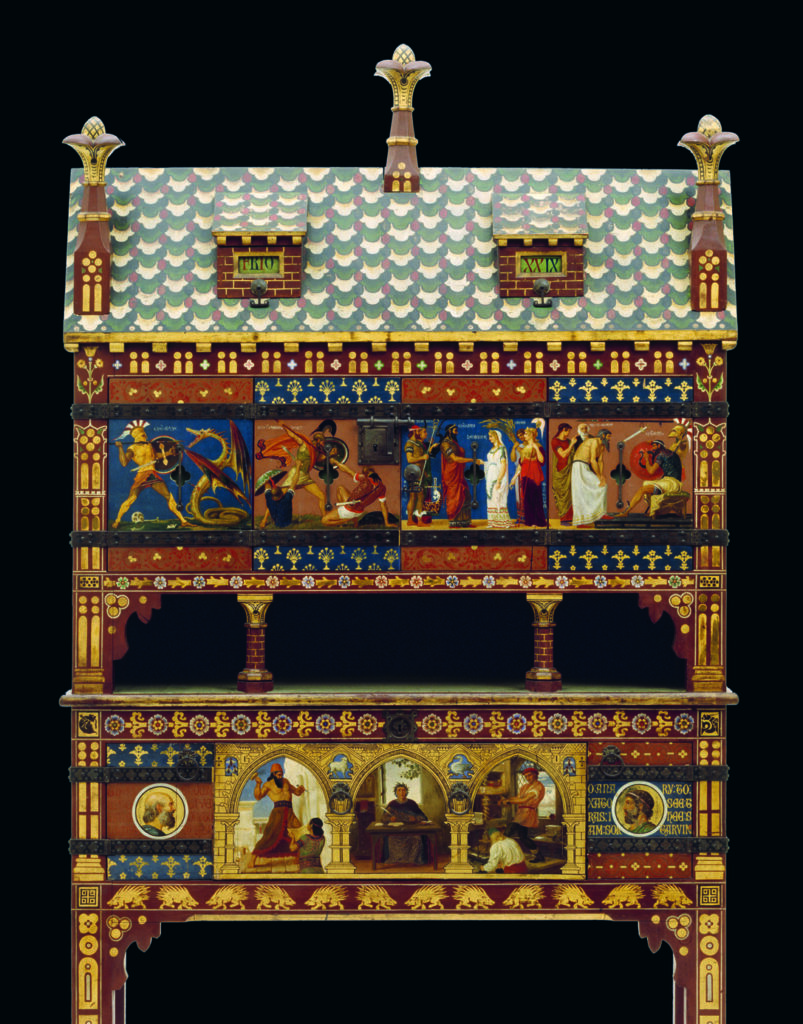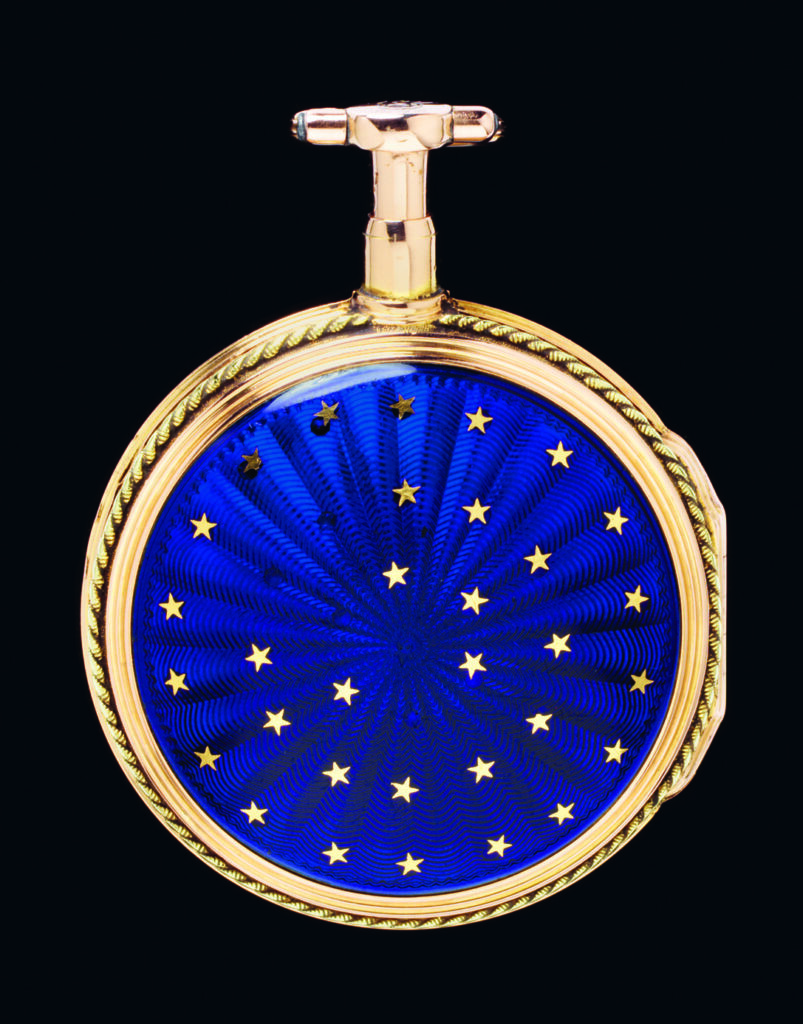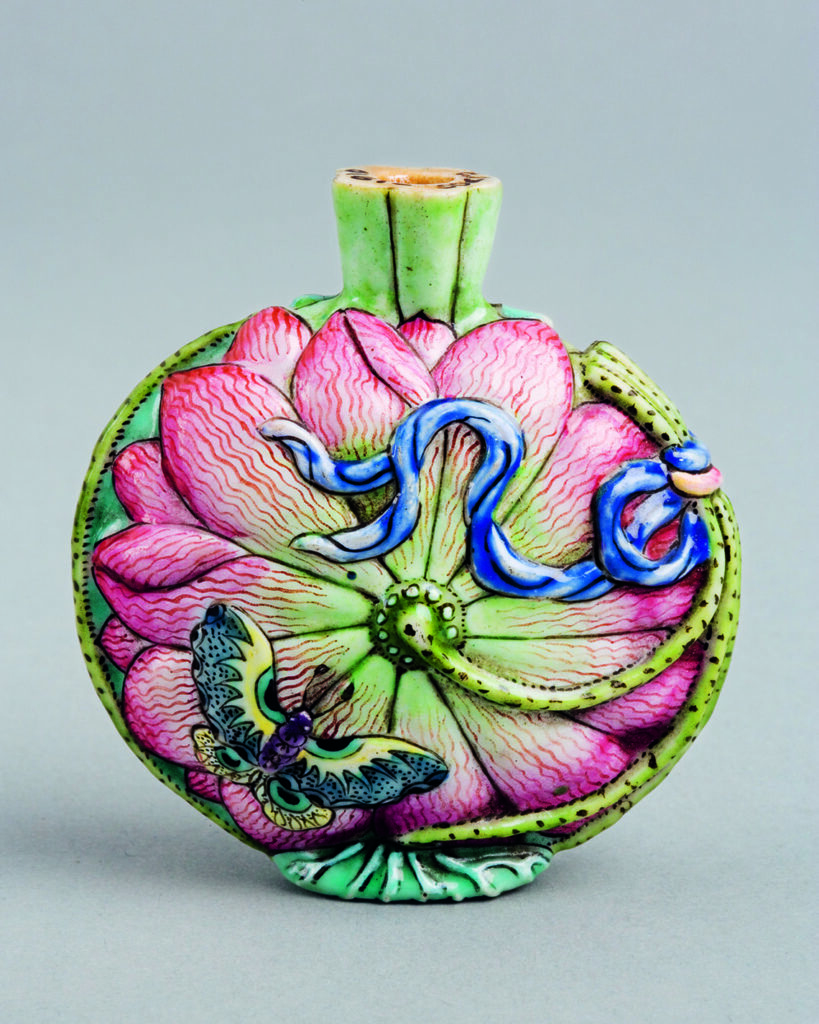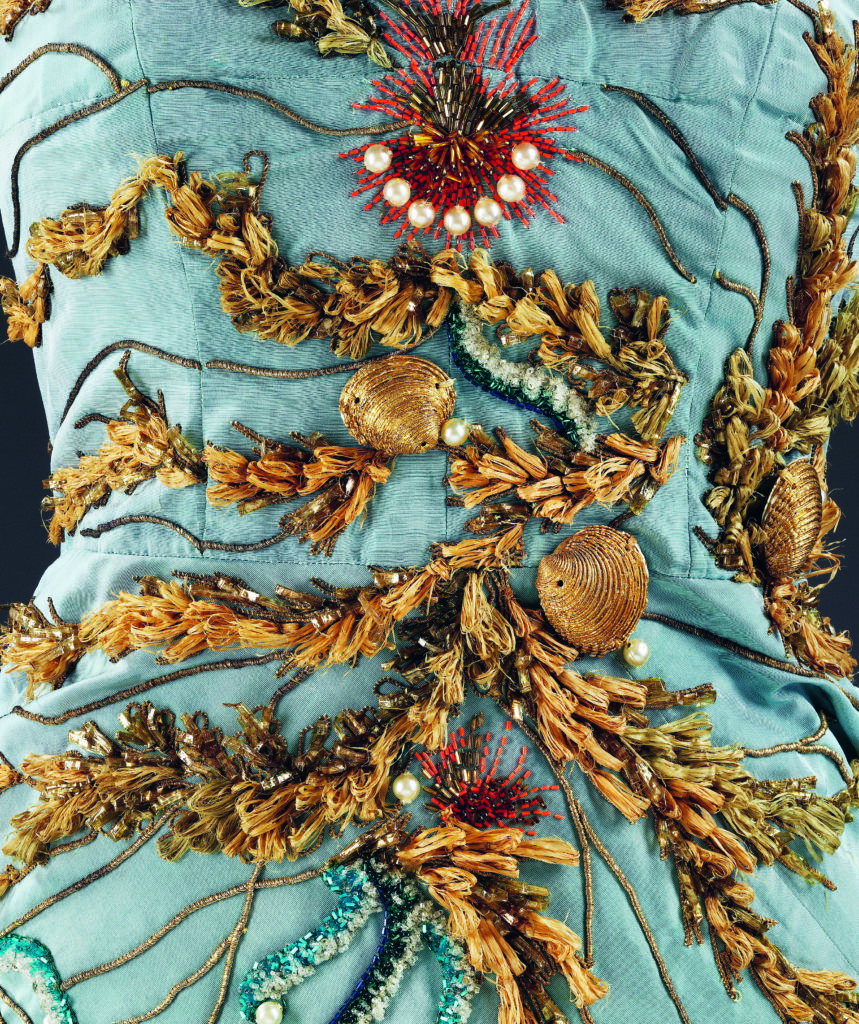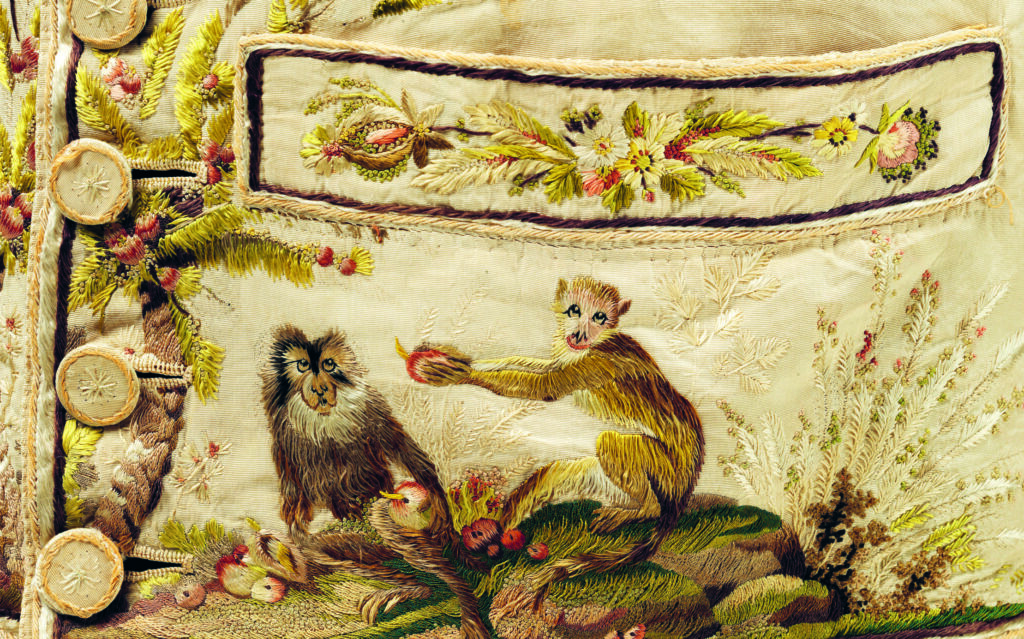
When British Victorian architect Owen Jones (1809-1874) published his seminal book The Grammar of Ornament in 1856, it became a sensational success overnight. This sourcebook, filled with patterns in all fashionable styles, was the bible of decoration to anyone involved in production of textiles, furniture, tiles, tableware, the ultimate guide for the ornaments applied to all things Victorian. Jones was a professor at the newly established Government School of Design, which later became the Royal College of Art, and his theories on color and decoration had an enormous impact on the soul of 19th-century vocabulary, perceived as a way to improve the taste of makers and manufacturers. Today, patterns have a different connotation and role in interiors. They are no longer essential component of spaces, furniture, objects, but applied by choice and by personal taste.
A new sourcebook, The V&A Sourcebook of Pattern & Ornament, authored by Amelia Calver, a Research and Development Manager for the Brand Licensing Team at the Victoria and Albert Museum comes to revisit Jones’ concept. With 1,146 color illustrations of flat patterns and three-dimensional ornamentations, this publication includes many of the patterns at the V & A’s collections, which is known as world’s best collection of its kind.
This coffee table book is divided into four thematic categories – plants, animals, earth and the universe, and abstract patterns, consisted of both historical and contemporary examples. In time, when patterns sometimes look as if they belong to the past, the book provides a refreshing joy to flip through colors and ornaments, and I particularly enjoy revisiting the fabrics by William Morris and some of the Japanese examples. I was thinking of Owen Jones, as it illuminates the difference between the taste of today, which is personal and flexible, and that of the Victorian era which was subjected to strict rules and when the love for patterns suggested that anything not entirely covered was considered bare, unattractive, and sign of poverty. Love this book, the perfect holiday gift.
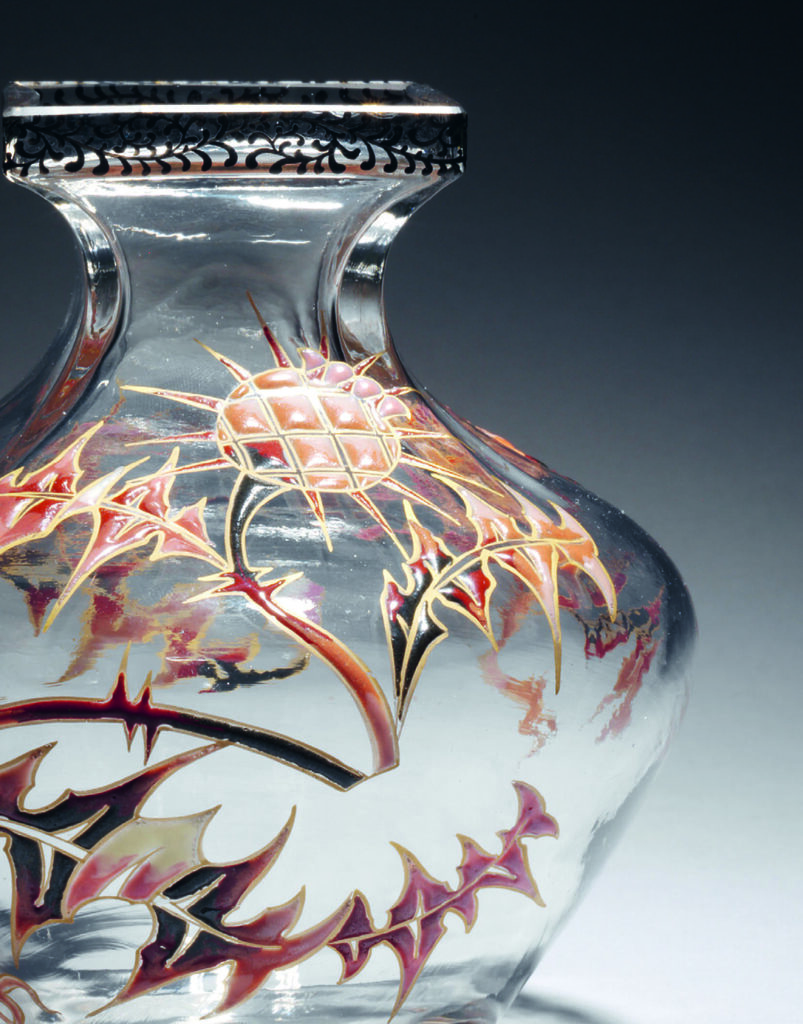
thistles that derives from Japanese prints. The thistle was also a symbol for the Lorraine area
of France, Gallé’s home region. Text and photographs © 2021 Victoria and Albert Museum, London.
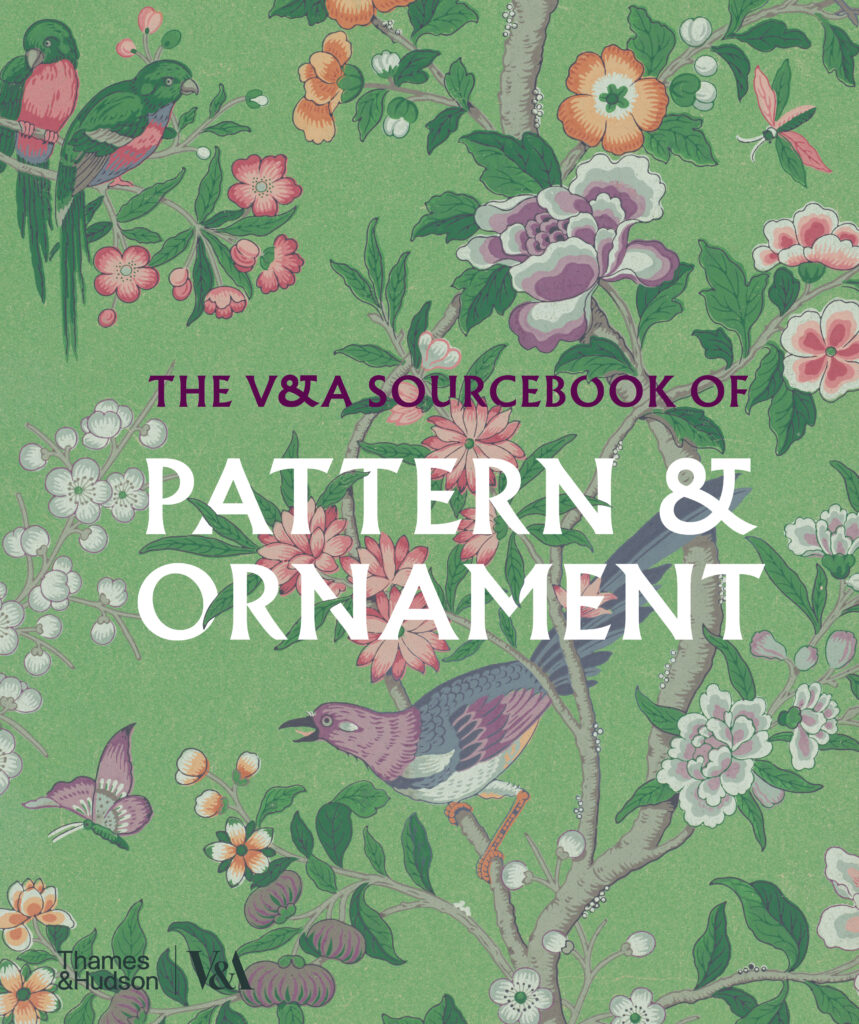
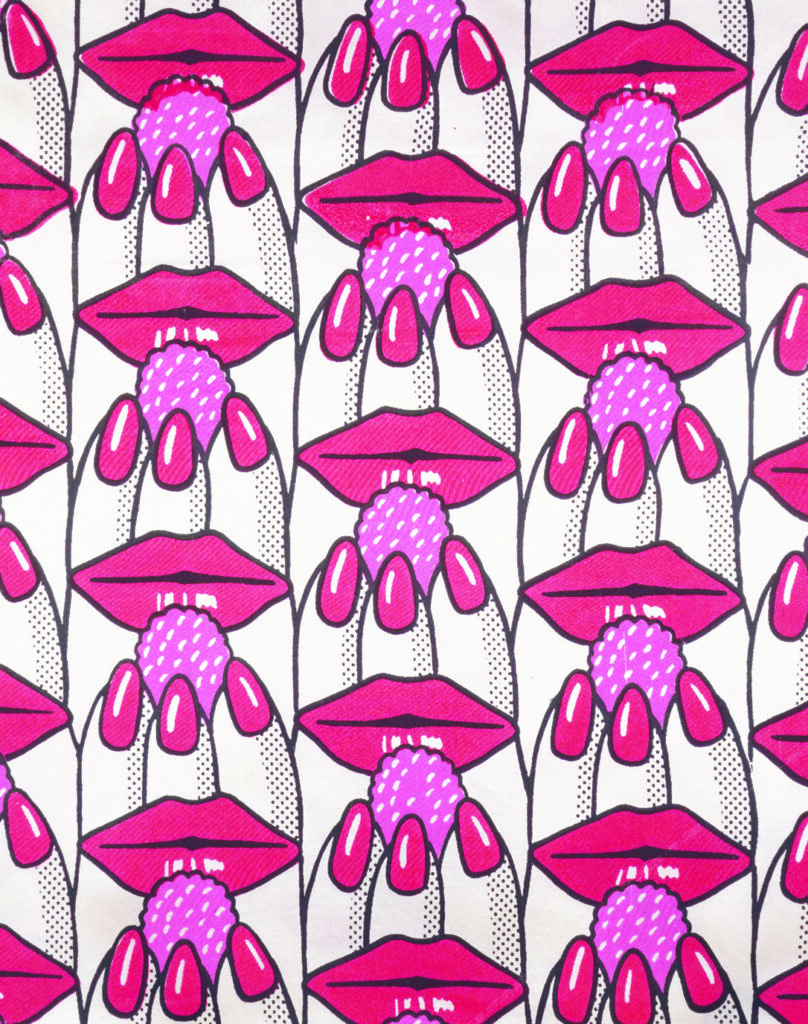
and furnishing fabrics, such as this 1973 screen-printed synthetic satin, Raspberry Lips. Courtesy of OK Textiles; Text and photographs © 2021 Victoria and Albert Museum, London.
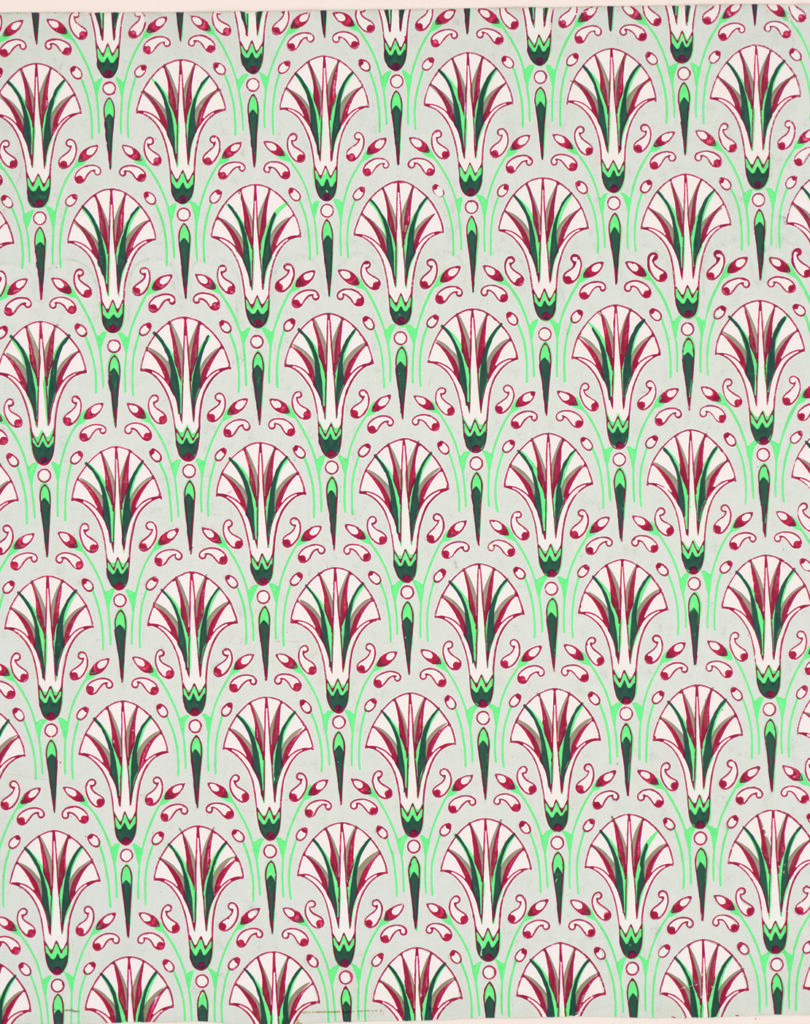
Jones was inspired by the Ancient Egyptian symbol of creation or rebirth. Given by Miss Catherine Jones, daughter of the artist; Text and photographs © 2021; Victoria and Albert Museum, London.


Victoria and Albert Museum, London.
